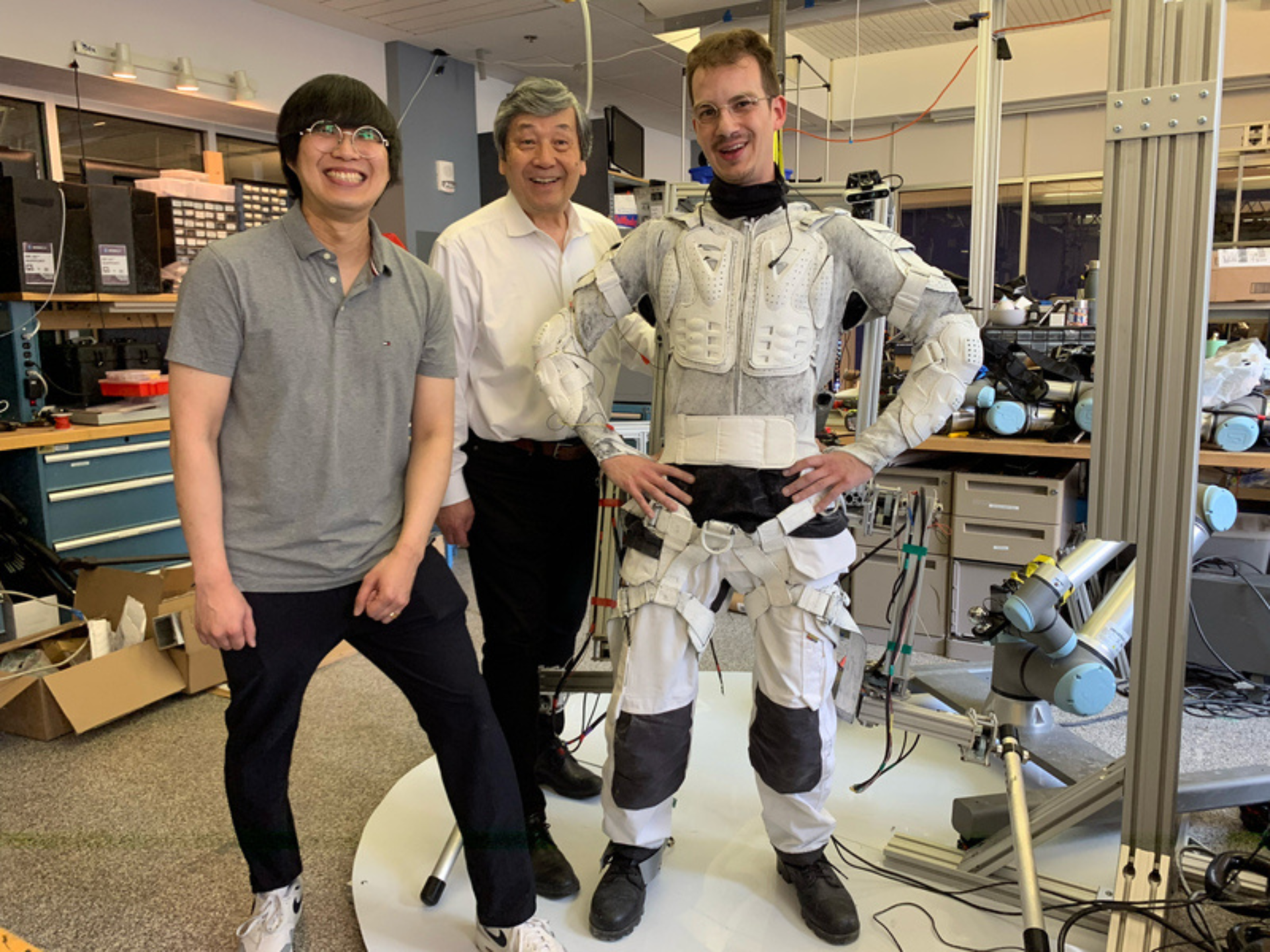
Astronauts, despite their peak physical condition, often struggle with mobility in space due to bulky suits and low gravity. MIT engineers may have a solution with “SuperLimbs,” an exoskeleton designed to help astronauts stand up after falls on the moon.
This system, part of a backpack that includes life support, is still in the prototype stage but shows promise for enhancing astronaut productivity during missions, particularly the Artemis program which aims to establish a lunar base.
The idea for SuperLimbs originated from a similar prototype developed for terrestrial laborers to prevent injuries. This adaptation for space, fueled by feedback from NASA, addresses the high risk of falls during lunar missions, especially when astronauts handle tools or engage in construction tasks.
Erik Ballesteros, a doctoral student at MIT, noted that during the Apollo missions, falls occurred primarily during such activities. With Artemis focusing more on construction and excavation, the potential for falls is even greater, making the need for supportive technology like SuperLimbs more critical.
Harry Asada, a professor of mechanical engineering at MIT, explained that their communications with NASA highlighted the serious risk of falling on the moon. The team’s solution was to modify their design to assist astronauts in recovering from falls so they can continue their work without significant disruption. This involves a control system that activates robotic arms from the backpack, helping the wearer rise with less energy expenditure—an essential feature in the exhausting environment of space.
These innovations are not just theoretical. The MIT team plans to begin testing the SuperLimbs system at NASA’s Jet Propulsion Laboratory this summer, aiming to refine the technology before it potentially aids astronauts on future lunar missions.
Related News:
Featured Image courtesy of Jennifer Chu, MIT
